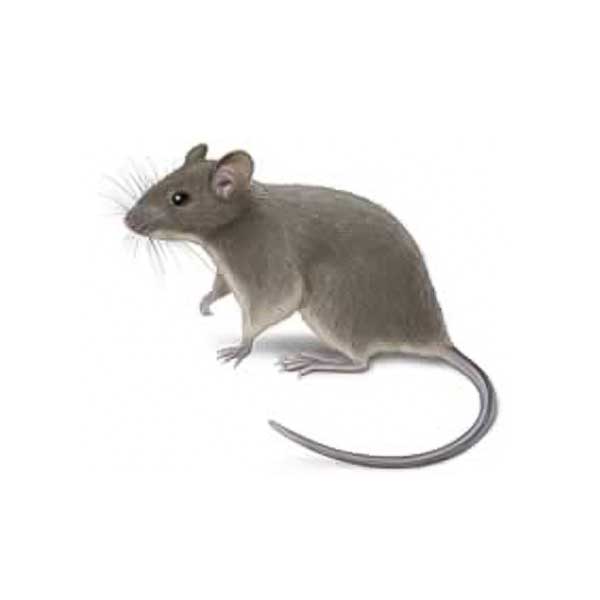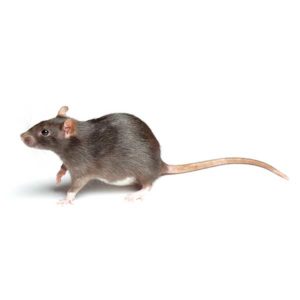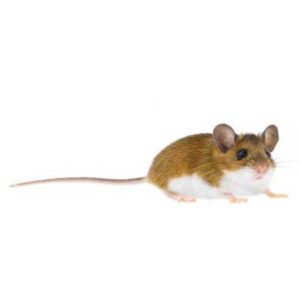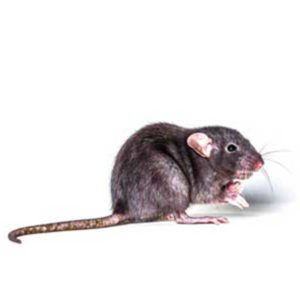The house mouse (Mus musculus) is one of the most common species of rodents in the United States. Known for their adaptability and persistence, these small pests can pose significant challenges in residential and commercial settings. Learn more below about house mice, their habits, and how to protect your property from infestations.
What Are House Mice?
House mice are commensal, meaning they are generally found living in close association with humans and dependent upon the human habitat for shelter and food. They are small rodents, typically measuring from 2.5 to 4 inches in body length, with an additional tail length of about 2 to 4 inches. They have short fur, usually light brown or gray, with a lighter-colored belly. Their small size, rounded ears, and pointed nose make them easily distinguishable from other species of rodents.
House mice are incredibly common and can thrive in various environments, making them a persistent pest in Florida. They are excellent climbers and can navigate vertical surfaces with ease, which contributes to their ability to access food and shelter in both homes and businesses.
What Habitats Are House Mice Found In?
House mice are highly adaptable and can be found in nearly every type of habitat, from rural farms to bustling urban centers. In Florida, they often inhabit residential homes, commercial buildings, warehouses, and agricultural areas. Outdoors, house mice construct nests in fields and beneath trees and shrubs. Indoors, mice will build nests in quiet undisturbed places like wall voids, kitchen cabinets, attics, and garages. Droppings, fresh gnaw marks, and tracks or rub marks indicate areas where mice are active. Nests are made from finely shredded paper or other fibrous material, usually in sheltered locations. House mice have a characteristic musky odor that reveals their presence. Mice are active mostly at night, but they can be seen occasionally during daylight hours.
How Does an Infestation of House Mice Begin?
A house mouse infestation often begins when these pests find entry points into a property. Small cracks, holes, and gaps in walls, foundations, or around doors and windows can serve as entryways. Their ability to squeeze through openings as small as a quarter-inch makes them especially challenging to keep out.
House mice are attracted to the scent of food and waste. Improperly stored food, overflowing trash, or crumbs can lure them into homes or businesses. Once inside, they quickly establish nests and begin reproducing. A single female can produce up to ten litters annually, each containing five to six pups. This rapid reproduction allows infestations to grow quickly if left unchecked.
An infestation can last as long as mice have access to food, water, and shelter. Without intervention, populations can grow exponentially, leading to more significant health and structural risks.
Are House Mice Dangerous?
House mice can pose several dangers to both health and property. One of the primary concerns is their ability to spread diseases. House mice can carry harmful pathogens that contaminate food and water through their droppings, urine, and saliva. They are known carriers of salmonella, hantavirus, and lymphocytic choriomeningitis (LCMV), among other illnesses.
In addition to health risks, house mice cause damage to your property and belongings. Their constant gnawing behavior can compromise insulation, wiring, furniture, and clothing. The house mouse can cause significant damage to structures by gnawing and tunneling through walls. Mice have also been implicated in the generation of fires and explosions in homes and buildings. Chewed, exposed wires inside walls can spark, causing interior walls to catch fire.
If you have a house mouse infestation in your Florida property, always contact a licensed rodent control company.
Need help with House Mice?
We'll call you! Leave your information below.
What Is the Life Cycle of the House Mouse?
House mice have a relatively short lifespan, typically living about one year in the wild. However, they can live up to two years in protected indoor environments. Their life cycle consists of three main stages: birth, juvenile, and adult.
Birth: House mice are born blind and hairless, with an average litter size of 5 to 6 pups.
Juvenile: Within three weeks, they develop fur and open their eyes. At this stage, they begin exploring their surroundings and foraging for food.
Adult: By the age of 6 to 8 weeks, house mice reach sexual maturity and can begin reproducing. This rapid development contributes to their ability to sustain large populations. Females can produce multiple litters annually, with gestation lasting approximately 19 to 21 days. This high reproductive rate ensures that infestations can escalate quickly without timely rodent control measures.
How To Prevent House Mice
Preventing house mice from entering your property requires a combination of proactive measures:
- Seal entry points: Inspect your property for small cracks, gaps, or holes. Use materials like steel wool, caulk, or metal mesh to block potential entryways.
- Maintain cleanliness: Keep living and working areas clean by regularly vacuuming, wiping surfaces, and storing food in sealed containers.
- Reduce attractants: Dispose of trash regularly and ensure outdoor waste bins are securely closed.
- Eliminate clutter: Remove piles of debris, unused furniture, or excess storage where mice might nest.
- Set traps: Use mouse traps or bait stations in areas where signs of activity are noticed.
- Professional pest control: Schedule regular inspections and treatments from a licensed pest control company to ensure long-term prevention.
Need Help with House Mice?
If you’re dealing with a house mouse infestation, professional help can provide the quickest and most effective solution. Pest control specialists like Florida Pest Control have the tools and expertise to locate nests, eliminate populations, and prevent future infestations. Whether you’re protecting a home or a business, partnering with a trusted exterminator ensures peace of mind and a rodent-free environment. Contact us today for a free quote.
House Mouse FAQs
Are house mice harmful?
Yes, house mice can be harmful. They carry diseases that can contaminate food and water, and their droppings and urine can spread harmful bacteria. Additionally, their gnawing behavior can cause structural damage and fire hazards.
Where do house mice usually live?
House mice typically live in secluded, sheltered areas close to food and water sources. Indoors, they nest in walls, attics, basements, and storage rooms. Outdoors, they may inhabit burrows, vegetation, or debris piles.
Is there a difference between a house mouse and a field mouse?
Yes, house mice and field mice differ in appearance and habitat. House mice are smaller, with a solid gray or brown coloration, while field mice often have a two-toned coat and are more commonly found in outdoor environments.
What is the lifespan of a house mouse?
The lifespan of a house mouse is typically about one year in the wild, but they can live up to two years in protected indoor environments.





